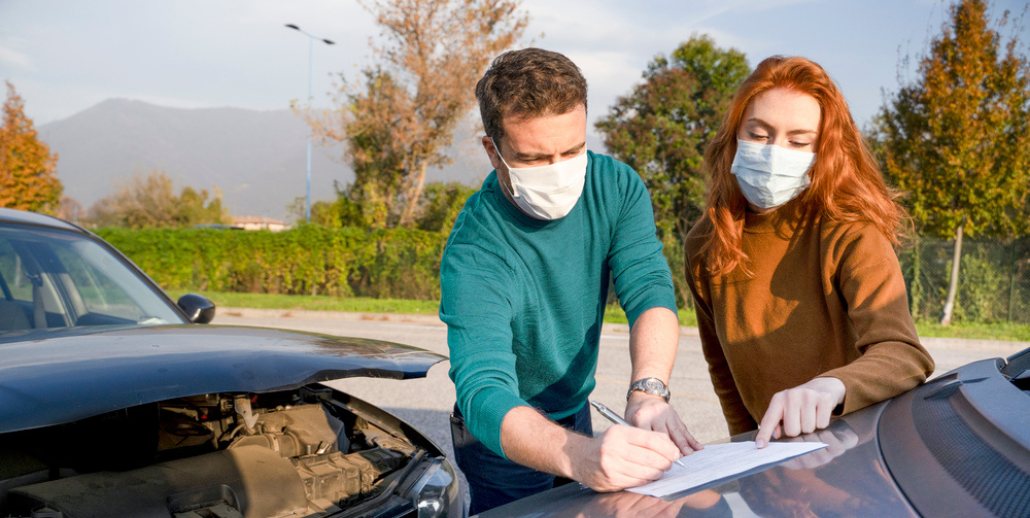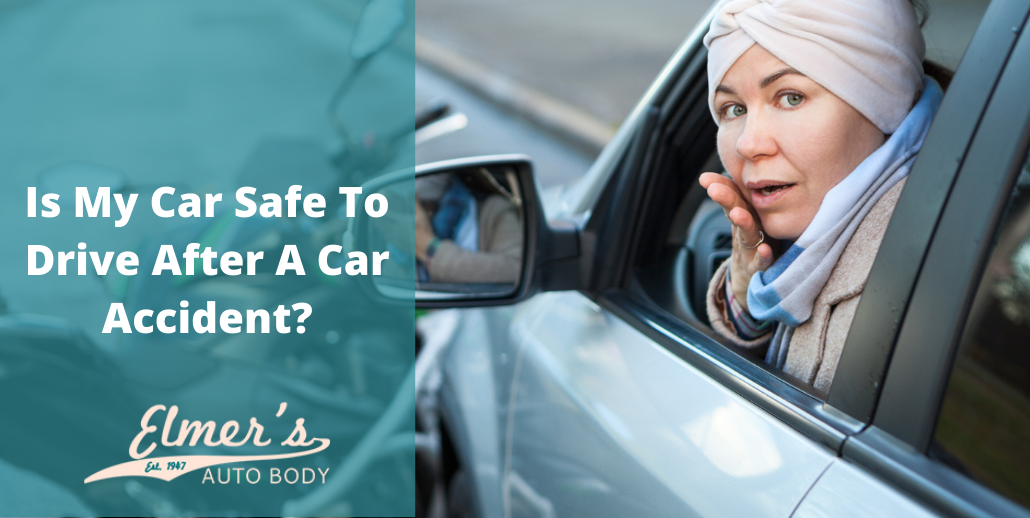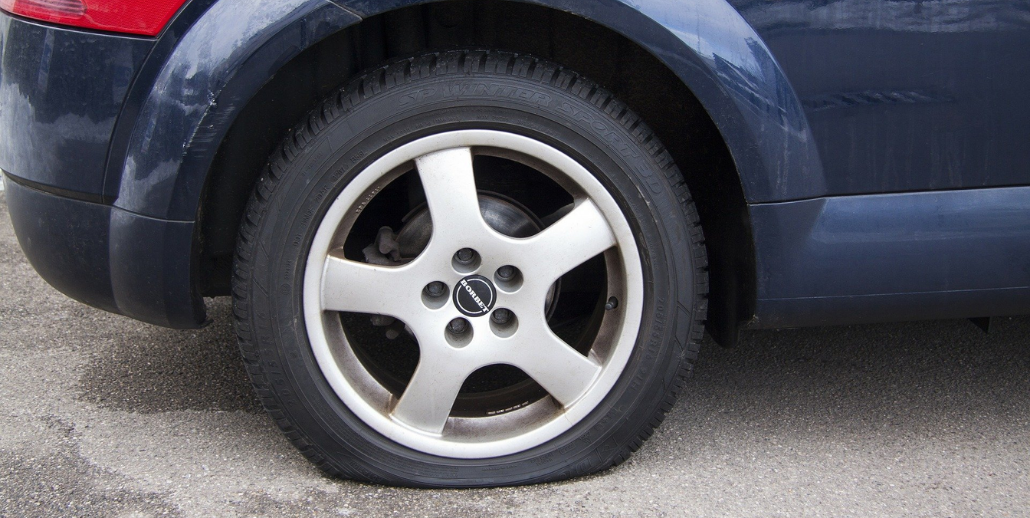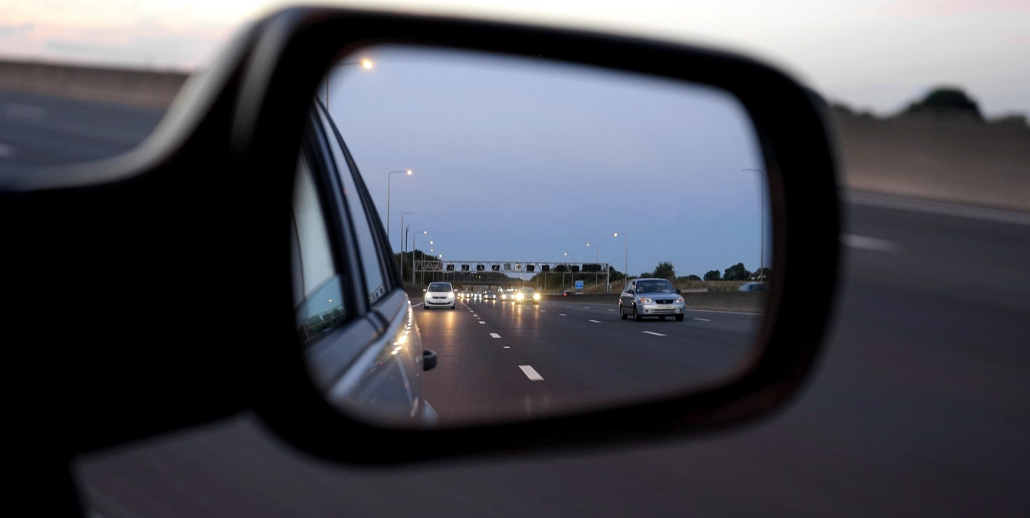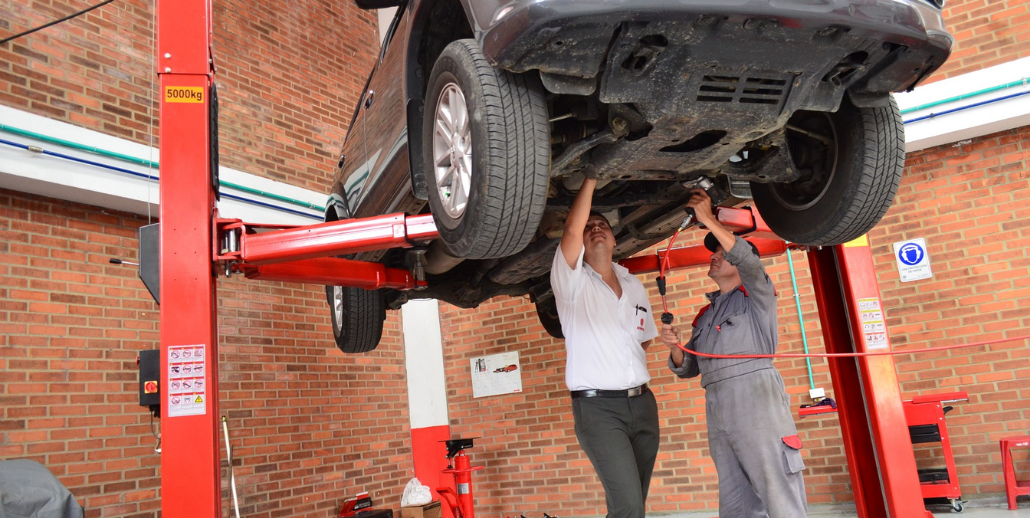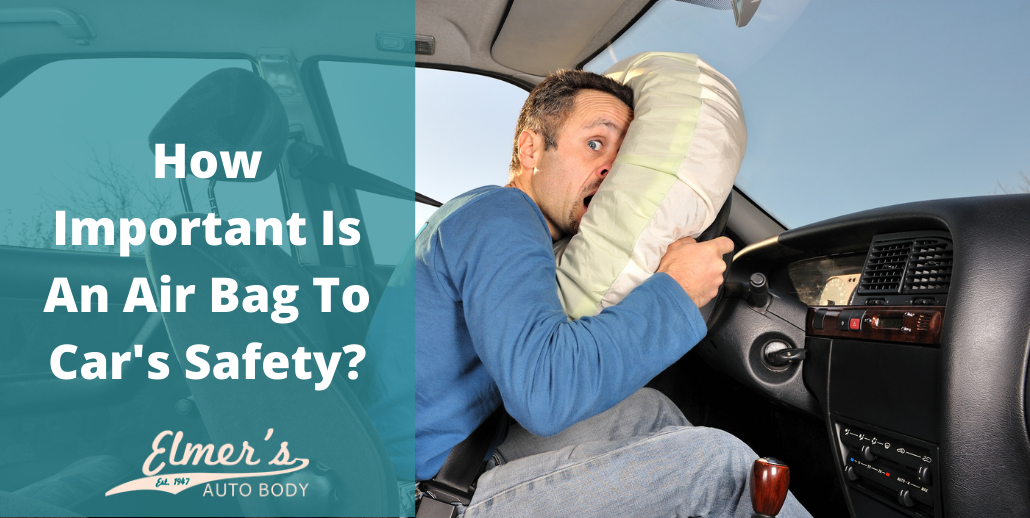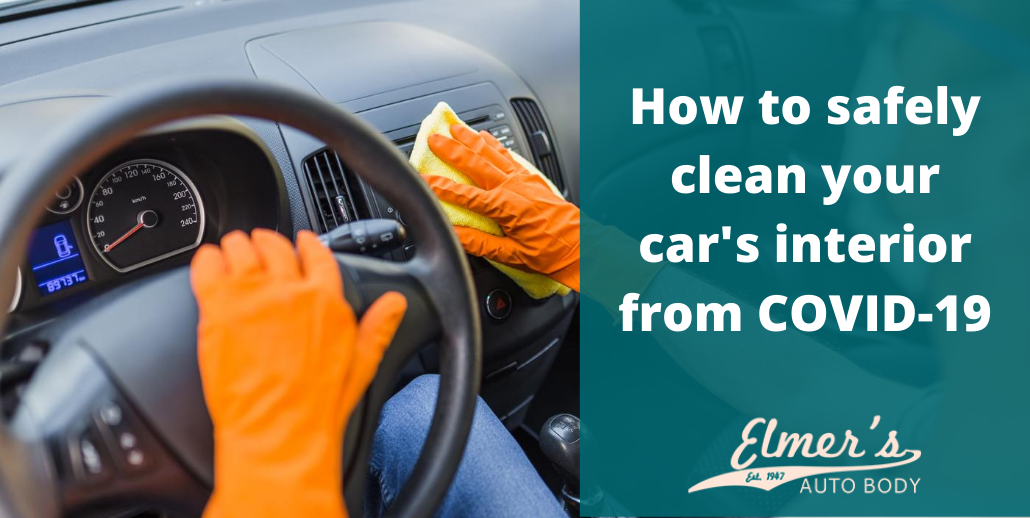Since restrictions during the COVID-19 pandemic are easing, many more people are starting to hit the road. However, with all those vehicles, it does increase your chance of having an accident. In any case, you need to be extra vigilant on the road, or you could end up in a car accident. COVID-19 is still a concern for many drivers. From exchanging information to getting your car repaired, here are a few ways to stay socially distanced after an accident in Gloucester County.
Before You Leave the House
There are a few things that you can do before you hit the road. Whether it is the summer or winter, you need to make sure your vehicle is in working order. Your tires should be properly inflated with good tread. Along with that, always make sure to have a full tank of gas.
Keep Those Safe Distance Priorities
After an accident, you need to collect information and abide by several steps when dealing with a motor vehicle accident. You never want to leave the accident scene until the police resolve the situation. If anyone was injured, make sure to call 911. Pull your vehicle off to the side and turn on your hazard lights. You don’t want to cause another accident on the road.
Typically, you want to collect any accident-related information from the driver. This information should include their name, driver’s license number, phone number, and license plate number. Since COVID-19 is a concern, you could always use a mask when interacting with the other person. You should also maintain a six-foot distance between you and the other driver.
If you are concerned with the hand-to-hand exchange of information, you can verbally exchange numbers with witnesses, involved parties, and the other driver. Make sure to send a text to verify the number. In addition to that, you can send a photo of your information and their required information.
After an accident, it is vital to get all of this information. You might have to get closer to the other driver in some cases, especially if the driver doesn’t have the technology to send the information to you. If you are concerned about the transmission of germs, you can take some precautions. Once you receive the information from the other driver, rub your hands with sanitizer to remove any germs.
If you don’t want to leave the vehicle, you can always wait for the law enforcement officer to come to the scene. The officer will obtain all the information that you need to file an insurance claim for your car.
Document the Scene
There are a few things that you can do that don’t require any interactions with others. When you are out of the car, make sure to document the accident scene. You can take your mobile phone and snap a few photos of the vehicle’s damage. The road conditions should be documented, and you need to make detailed notes with pertinent information about the accident.
Don’t Put Off Medical Attention
Unfortunately, many people have avoided seeking medical help during the pandemic. If you have been injured in an accident, you need to seek help. Even if the injuries do not require emergency treatment, you always want to schedule an appointment with a doctor. Many medical clinics have COVID-19 procedures in place that will protect you, other patients, and their staff. It is entirely safe to visit the doctor’s office to get checked out after an accident. In some cases, you may be able to schedule a telemedicine appointment or video call to avoid an in-person visit.
You never want to delay in seeking any type of medical attention. If you plan to file a claim, you need to contact your doctor right after the accident. Your injuries need to be documented. Along with that, your medical providers can determine the right course of treatment for your injuries. In some instances, if you don’t seek help, the insurance company can argue that your injuries were not serious or related to the accident. As a result, you might not be able to seek compensation for these medical bills.
Contact Your Insurance Provider
After you have obtained the other driver’s information and visited the doctor, you can contact your insurance provider. Many of the most popular companies have tools where you can submit information on an app. If not, you may be able to send all the information digitally to your insurance agent. You don’t want to overwhelm them with unnecessary information, but you need to stick to the facts. All these steps can help you to avoid in-person contact with your insurance company.
Get a Repair Quote
If your vehicle needs repair, you should ask your auto body shop if they will accept digital photos of the damage. Some shops can give you an estimate based on clear images. However, until you get your car into the shop, you will not know the full extent of the damage.
Prepare for Delays
From insurance claims to ordering parts, COVID-19 has caused delays in many different industries. You should prepare yourself for these delays. If you take your claim to court, the legal system is still catching up from the closed courthouses dating back to last year. Even non-emergency procedures are taking longer than usual. You might have to wait to get checked out by your doctor, especially if you don’t need immediate medical assistance.
Unfortunately, many insurance companies are taking advantage of these delays and pressuring the claimants into early settlements at lower costs. If you are experiencing issues like this, it may be time to consult with an experienced personal injury lawyer.
Let Elmer’s Auto Body Help You
If you want to find an auto body shop that practices safe health procedures for its clients, make sure to schedule an appointment with us. We are keeping our waiting rooms clean and offering no-contract services. Your health and safety are our primary concerns. Want to find an auto body shop near me in Gloucester County? Call our office at (856) 218-0202 to set up a consultation.

